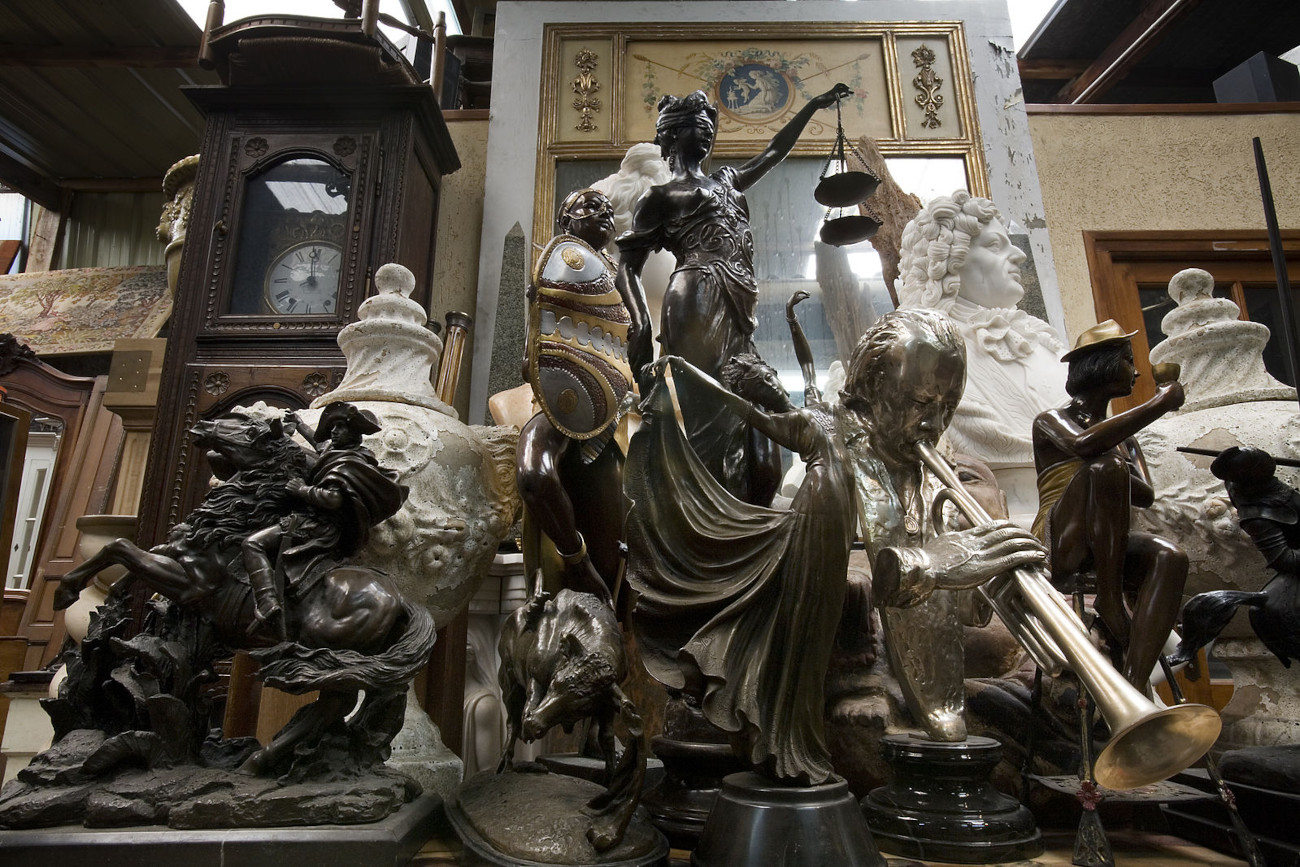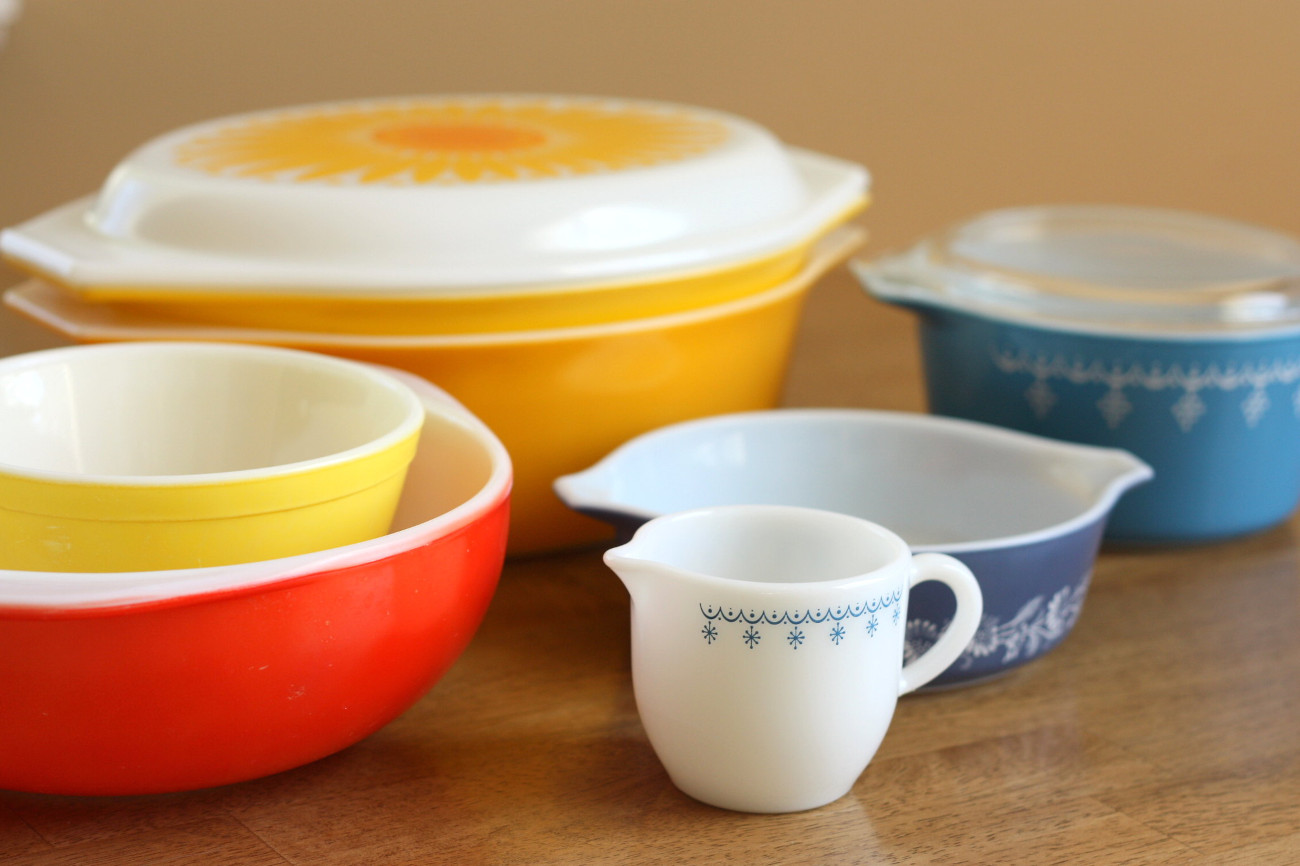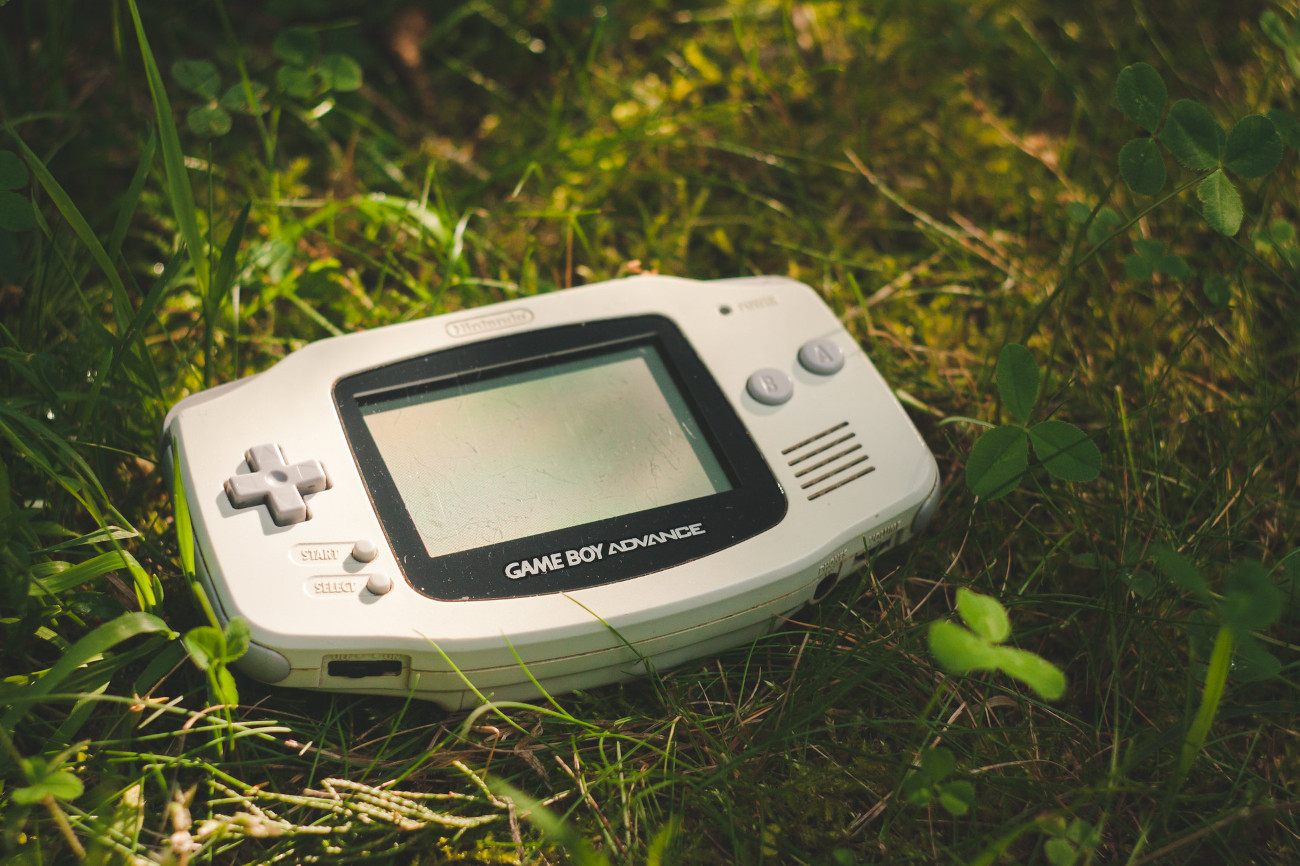Look on any online marketplace, and you’ll be swimming in a lot of nonsensical jargon – retro, vintage, and antique. These terms are so loosely and interchangeably used that it’s easy to drown in the word soup. It’s impossible to know the real value of an item, you’ll be throwing your hands up in frustration! You may think a label is just a label, but this is not the case. Slapping on a specific term can rake in more money, and on the other end, the wrong term means you’re spending more than necessary. Figuring out how to categorize and label a product is crucial, the problem is, how can you figure out what each word means? How can you prevent yourself from being duped or undersold?

Let’s start with the supposedly oldest term – antique. According to auction websites and appraisers, an antique, by definition, is at least a hundred years old and generally (depending on the trends) can hold higher price tags. Don’t let the high prices deter you, because buying antiques is like buying an investment piece. An antique isn’t something you’re using every day, or if you are utilizing an antique, you shouldn’t be damaging it.

Now, this is where it starts to get murky — vintage. While artifacts are three hundred-plus years old and antiques are hundred years old, vintage is much younger. A vintage item has to be at least 40 years old, but vintage connotes something more than age. These items represent a specific era, but these pieces can still be used for their original purpose (think pressed glass, pyrex, etc). Vintage pieces are unique features of your home, but at the same time, they’re practical.

Finally, we get to retro, which is a shortened word of the French term retrograde. Retro and vintage seem to swing and switch spots, but retro implies a more recent past. Items labeled retro need to be at least 20 years old, but retro items miss that 40-year-old vintage mark. Essentially retro is the precursor to vintage, but the items are still old enough to be nostalgic and — depending on the niche market — can bring in big bucks.
Hopefully, these three distinctions help you when you’re buying and selling!













